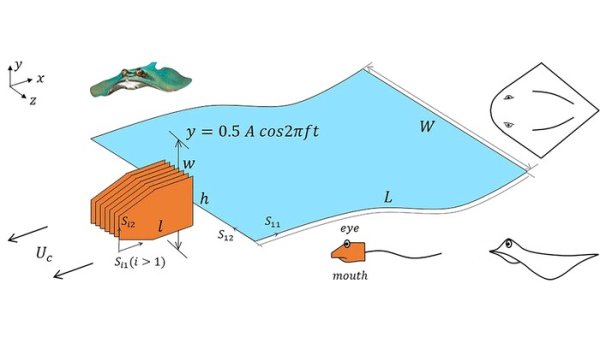Issued on: 01/09/2021 -

Geneva (AFP)
Hurricane Ida, which slammed into the US Gulf Coast at the weekend, could become the costliest weather disaster on record, the UN said Wednesday, hailing though that prevention measures had dramatically limited casualties.
Louisiana and Mississippi are still taking stock of the disaster inflicted by the powerful Category 4 storm that hit exactly 16 years after Hurricane Katrina made landfall and devastated the area.
Ida is known to have killed four people, although the death toll is expected to rise, and knocked out power for more than a million properties across Louisiana.
"There is a chance that the economic cost will be higher then Katrina," Petteri Taalas, who heads the UN's World Meteorological Organization (WMO), told reporters in Geneva.
He pointed as an illustration to the "major damage to the electric system in Louisiana."
Until now, Katrina, which killed more than 1,800 people and destroyed large parts of New Orleans, had been considered by far the costliest weather-related disaster.
A fresh WMO report that examined mortality and economic losses from weather, climate and water extremes between 1970 and 2019, found that Katrina had raked in nearly $164 billion in economic losses.
Currently, hurricanes Harvey and Maria, which both hit in 2017, are considered the second and third-costliest weather-related disasters, carrying price tags of nearly $97 billion and over $69 billion respectively.
Taalas said it would likely take a month or more before a full cost estimate for the losses caused by Ida could be made.
But he hailed that improved early warning and flood protection systems as well as evacuation procedures appeared to have saved numerous lives.
"The good news when it comes to Ida is that the casualties as compared to Katrina, they were much lower," Taalas said.
Mami Mizutori, who heads the UN office for disaster risk reduction, agreed.
She told reporters that the differences between the impacts of the two storms showed the importance of investing in prevention.
"The economic loss indeed will be quite big, but the good news is that ... the mortality has been very, very low, and this is because the city of New Orleans and Louisiana ... invested in prevention."
What had made the biggest difference since Katrina, she said, was the $14.5 billion invested in building flood walls and levees as part of a new "hurricane and storm damage risk-reduction system."
"They did not wait for another century to do this. They did it very quickly."
© 2021 AFP












